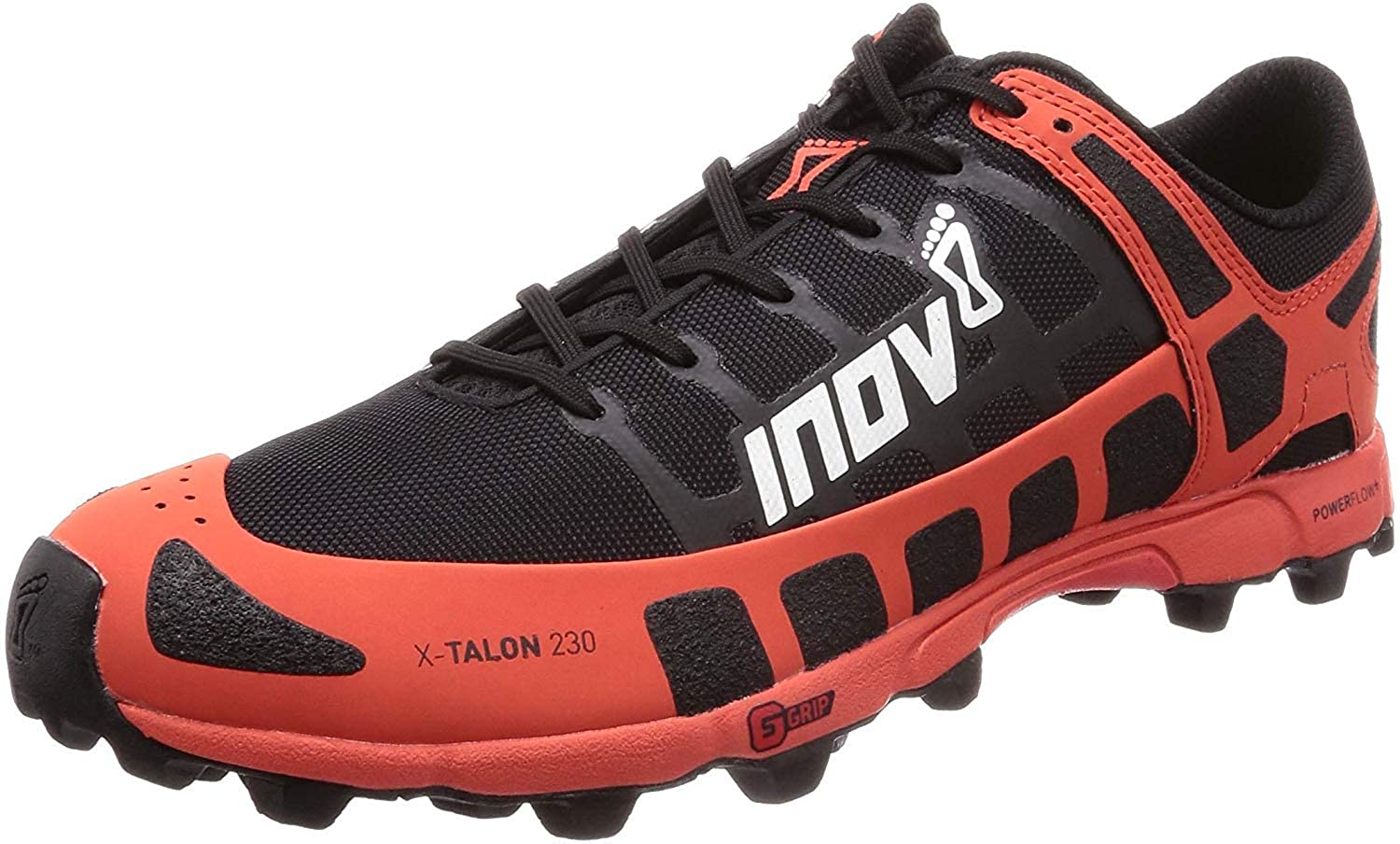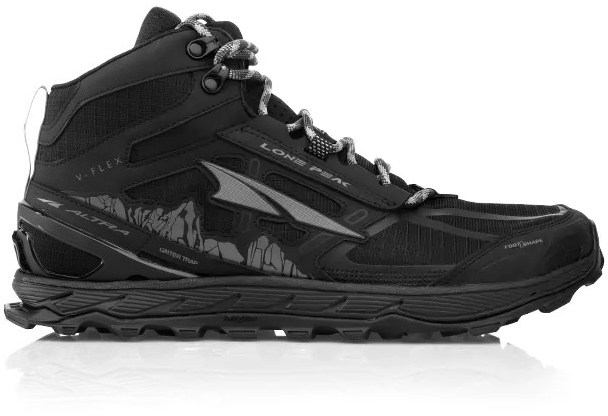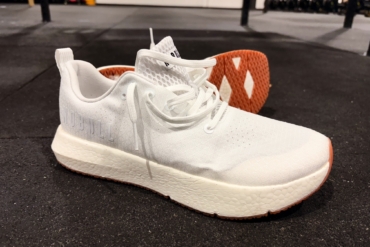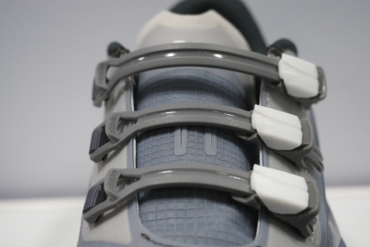We queried a few prominent teams that raced ‘The World’s Toughest Race: Eco-Challenge,’ the expedition adventure held in Fiji. Here’s what the racers said about their gear.
“The jungle is trying to eat you. You’re going to be wet and cold.” Racing in the Eco-Challenge is no walk in the park. And to keep you and your team afloat, it requires a lot of gear.
Unlike expedition races of the past, this year’s Eco-Challenge race made things more egalitarian by providing each team with a gear stipend. That means there was no need for teams to self-fund or rely on sponsors for equipment. That expense often presents an insurmountable hurdle and — along with travel and entry fees — has become an Achilles heel for the sport.
Never heard of the race series? Here’s what you need to know. In Eco-Challenge, teams race nonstop: navigating together on foot, mountain bike, raft, outrigger, and canyoneering and climbing to cover more than 417 miles of terrain and sea. You can see the teams put their gear to the test on Amazon Prime Video in the 10-episode series.
In this second installment of our Eco-Challenge gear stories, we asked four team members about their footwear. If you aren’t familiar with the Eco-Challenge teams, consider reading their bios here first. Or read our first Eco-Challenge gear story here.
Read on for first-person assessments about adventure racing footwear from the teams that competed in the race.
Josiah Middaugh, Eco-Challenge Team Out There
We swapped out shoes regularly, but we all used Salomon shoes with some custom drain holes. Most of the time, I was in the Salomon S/Lab Ultra 2, sometimes in the S/Lab Amphib 2, and I also used HOKA ONE ONE X XTERRA Torrent.
Our feet were wet all the time, but you didn’t want anything like GORE-TEX because that would just trap moisture in. We also took our shoes off any chance we could in a boat or on a SUP. It would have also been good to test some different types of rubber on the river rocks since river tromping for hours and hours was an issue.
We ran intermittently, but in an expedition race that is over a week long, it’s important to limit the amount of running. The terrain in Fiji was extreme — sometimes the only route was actually in a river. This meant hopping slippery rocks and wading and swimming through deeper sections, sometimes at night.
The alternative was literally bushwhacking a trail through the bamboo with a machete. At times, we were going as slow as 1 km per hour.
Nathan Fa’avae, Eco-Challenge Team NZ
We raced in a range of inov-8 trail running shoes, mainly X-Talons. They were ideal for Fiji: super light, grippy, and quick drying.
Sonja Wieck, Eco-Challenge Team Iron Cowboy
Footwear is one of the most important gear choices we had to make. And being totally new to adventure racing, we discussed this decision many times. We knew whatever we chose that our feet would be wet for days.
I ended up racing the entire race in one pair of the HOKA Arkali, and the guys had two pairs each of the Altra Lone Peak Mid.
Everyone’s feet took a beating in the race. I don’t think anyone avoided that. Being wet for days, we minimized time in our shoes by taking them off whenever we could. It really is about limiting damage control.
We also learned your shoes will perform a lot better if you are changing your socks all the time. I think all of us would have brought five times the number of socks if we could do it over again, but our shoe choices all performed well for the conditions.
Travis Macy, Eco-Challenge Team Endure
We used RaidLight trail running shoes, and they worked well in the mud and rivers.
This is part two of three in our Eco-Challenge gear series. Look for the following rest of the series later this week.










